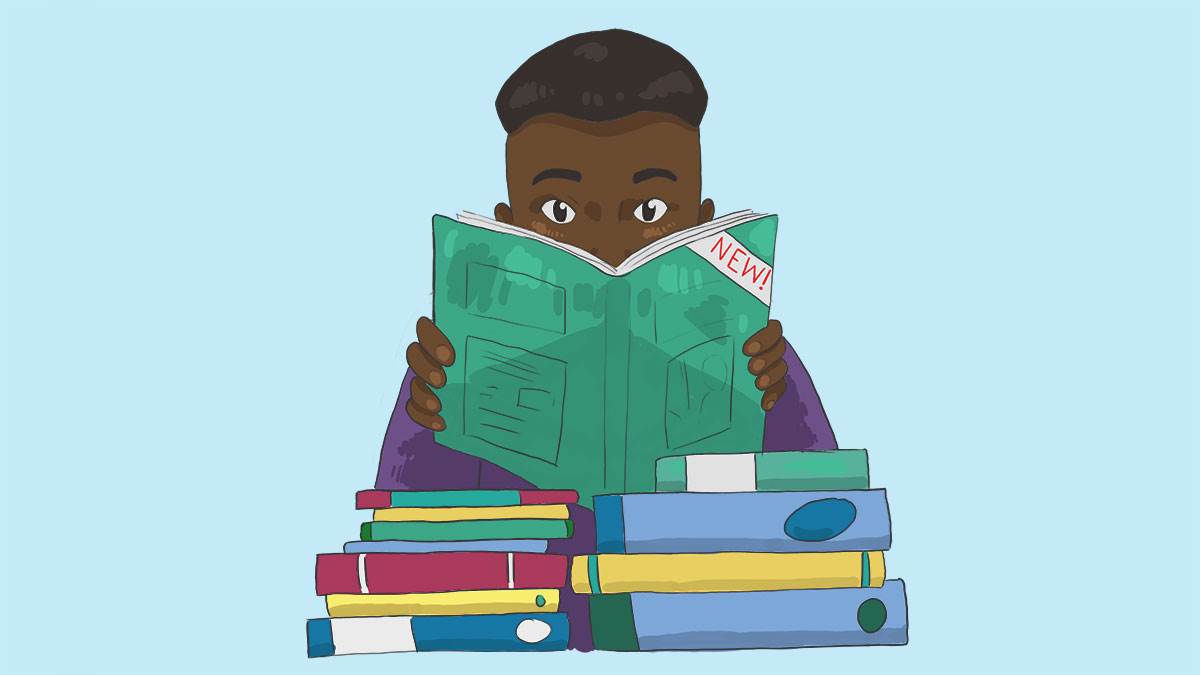Bookmark: books and disability
Information on disability and children's books
Find advice and book recommendations for families, teachers, librarians, authors and publishers.
Bookfinder
Find your next book
Use the Bookfinder to find the perfect book for you, your family and friends.
Search our booklists
Find a book for every occasion
Looking for the best book for an older child? Take a look at our booklists. We may well have the answer - just see for yourself.




